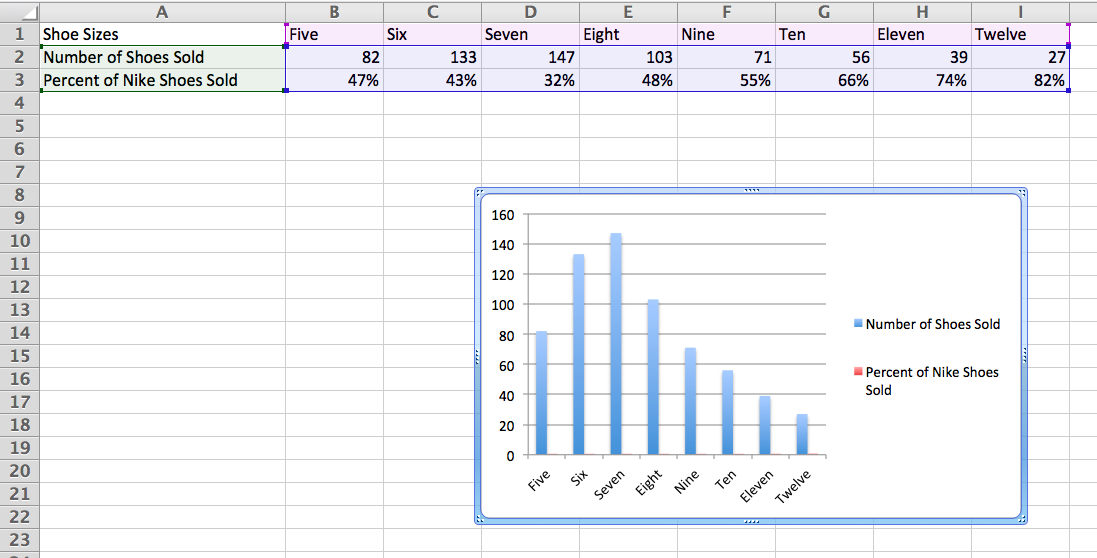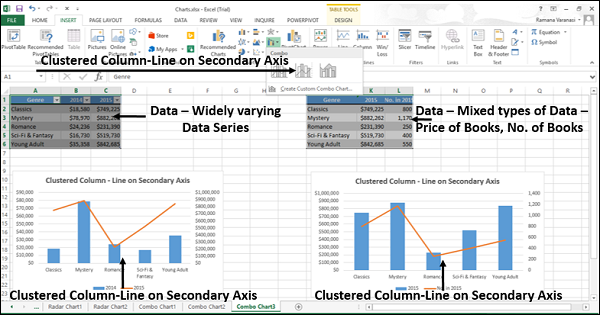
The primary value axis displays minimum and maximum values between 0.0 and 14.0 and the secondary value axis spans a completely different range between 0 and 80. Note that axis labels on both the value axes show different numbered ranges.

Next select the radio button in front of the Secondary axis option, as shown highlighted in red within Figure 3.įigure 3: Secondary axis option selected for one of the series In this dialog box, select the Axis option within the sidebar.

To learn more about axes, refer to our Axes in PowerPoint Charts tutorial.įollow these steps to add a secondary value axis in PowerPoint 2011 for Mac: You should span this data on two value axes within the same chart: one for the temperature and the other for the rainfall. To help your audience comprehend this data better, you could create two charts, but that’s an overkill since there’s a better, more elegant solution. Yes, we are comparing items that cannot be compared!

A chart that results from this data doesn't live up to the comparison, it's almost like comparing apples and oranges. What you should note carefully is that the value range of temperature spans between 0 to 12 (approximately) whereas the range for rainfall is between 30 and 70. The temperature is depicted in degrees celsius and the rainfall is in millimeters. Figure 1 below, shows a chart that depicts this data from January to December.

Our example data for this tutorial pertains to the average temperature and rainfall in London across the 12 calendar months of a year. Sometime, one value axis for a chart is not enough! Of course that observation is only true if your data demands a second axis.


 0 kommentar(er)
0 kommentar(er)
